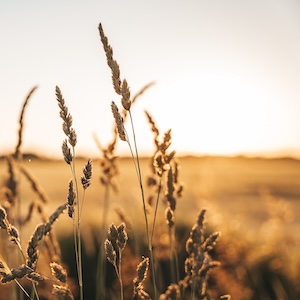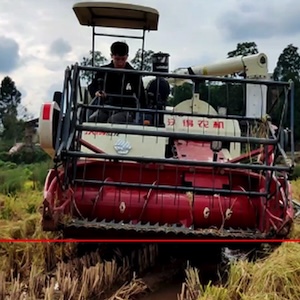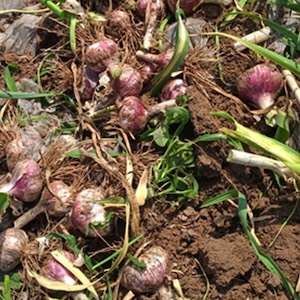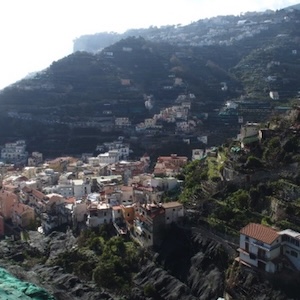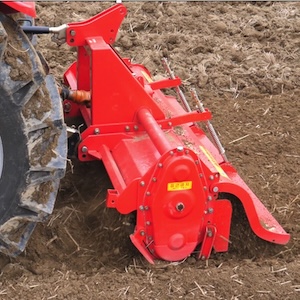Assessment of drought stress in arid olive groves using HidroMORE model
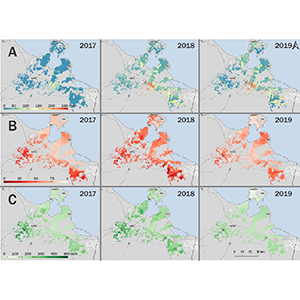
Published: 31 March 2022
Abstract Views: 1434
PDF: 666
HTML: 51
HTML: 51
Publisher's note
All claims expressed in this article are solely those of the authors and do not necessarily represent those of their affiliated organizations, or those of the publisher, the editors and the reviewers. Any product that may be evaluated in this article or claim that may be made by its manufacturer is not guaranteed or endorsed by the publisher.
All claims expressed in this article are solely those of the authors and do not necessarily represent those of their affiliated organizations, or those of the publisher, the editors and the reviewers. Any product that may be evaluated in this article or claim that may be made by its manufacturer is not guaranteed or endorsed by the publisher.
Similar Articles
- Maria Elena Menconi, Massimo Chiappini, Jan L.M. Hensen, David Grohmann, Thermal comfort optimisation of vernacular rural buildings: passive solutions to retrofit a typical farmhouse in central Italy , Journal of Agricultural Engineering: Vol. 48 No. 3 (2017)
- Dhanashree Barbole, Parul M. Jadhav, Comparative analysis of 2D and 3D vineyard yield prediction system using artificial intelligence , Journal of Agricultural Engineering: Vol. 55 No. 1 (2024)
- Nathalie Almaru Caraballo-Arias, Vito Ferro, Assessing, measuring and modelling erosion in calanchi areas: a review , Journal of Agricultural Engineering: Vol. 47 No. 4 (2016)
- Roberto Fanigliulo, Marcello Biocca, Daniele Pochi, Effects of six primary tillage implements on energy inputs and residue cover in Central Italy , Journal of Agricultural Engineering: Vol. 47 No. 3 (2016)
- Meriem Er-Rami, Guido D'Urso, Nicola Lamaddalena, Daniela D'Agostino, Oscar Rosario Belfiore, Analysis of irrigation system performance based on an integrated approach with Sentinel-2 satellite images , Journal of Agricultural Engineering: Vol. 52 No. 2 (2021)
- Giovanni Russo, Giuseppe Verdiani, The health risk of the agricultural production in potentially contaminated sites: an environmental-health risk analysis , Journal of Agricultural Engineering: Vol. 43 No. 3 (2012)
- Zhi He, Xinting Ding, Wei Hao, Kai Li, Weixin Gong, Zixu Li, Yongjie Cui, Calibration and experiments of discrete element flexible model parameters for kiwifruit stalk , Journal of Agricultural Engineering: Vol. 55 No. 4 (2024)
- Andrea Peruzzi, Luisa Martelloni, Christian Frasconi, Marco Fontanelli, Michel Pirchio, Michele Raffaelli, Machines for non-chemical intra-row weed control in narrow and wide-row crops: a review , Journal of Agricultural Engineering: Vol. 48 No. 2 (2017)
- Xu Zhang, Hua Li, Xindan Qi, Samuel Mbugua Nyambura, Yongjian Wang, Jieyi Fu, Design and experiment of a self-propelled two-row garlic combine harvester , Journal of Agricultural Engineering: Vol. 56 No. 1 (2025)
- Simone Pascuzzi, A multibody approach applied to the study of driver injuries due to a narrow-track wheeled tractor rollover , Journal of Agricultural Engineering: Vol. 46 No. 3 (2015)
<< < 1 2 3 4 5 6 7 8 9 10 > >>
You may also start an advanced similarity search for this article.

 https://doi.org/10.4081/jae.2022.1264
https://doi.org/10.4081/jae.2022.1264





